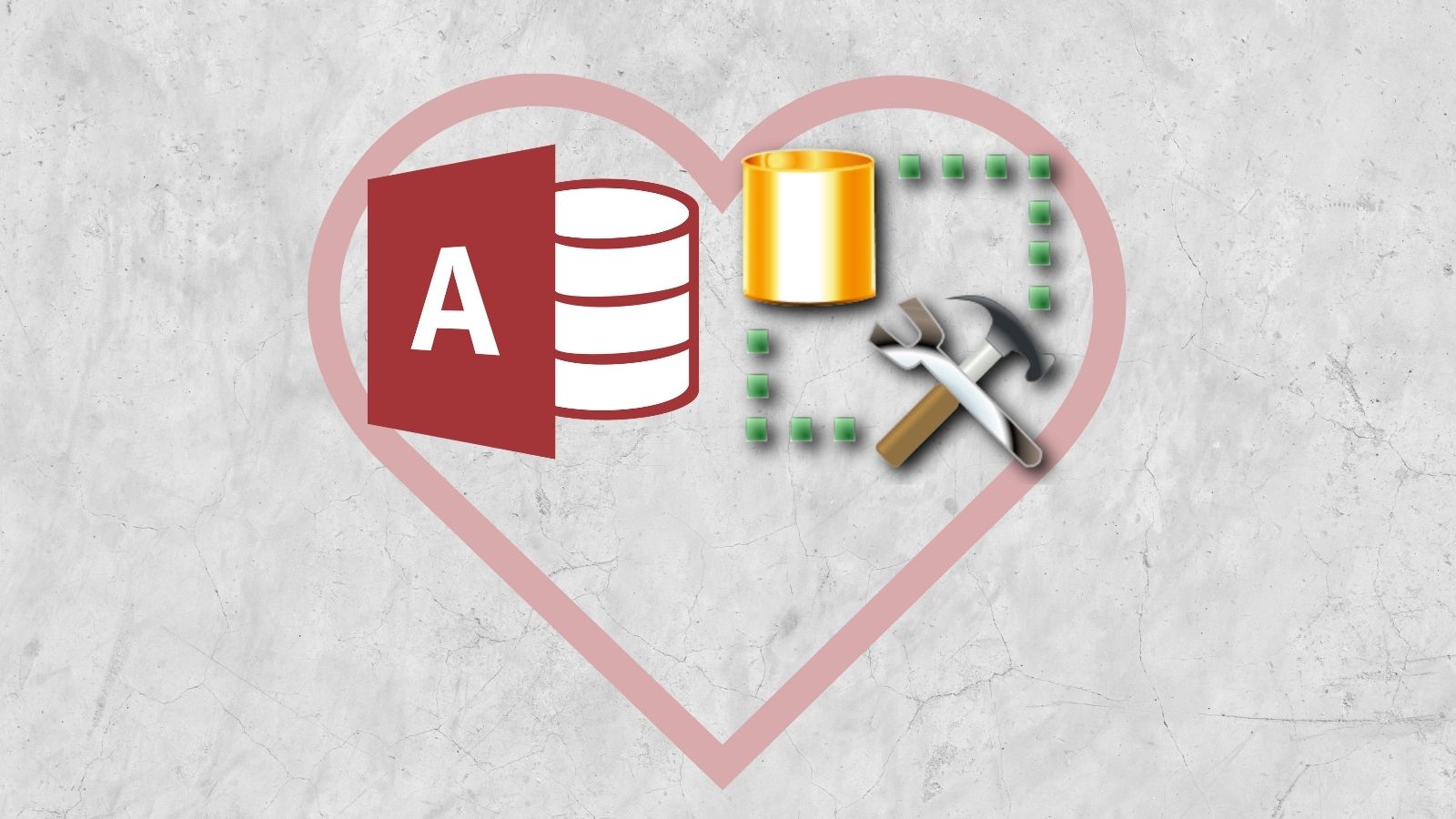While Microsoft Access excels as a user-friendly front-end tool for line-of-business applications, it’s important to address scalability and performance concerns when dealing with extensive data storage needs or high user concurrency. Fortunately, a strategic solution exists that combines the power of Access’s front-end capabilities with enterprise-level scalability and performance: migrating the back-end data to SQL Server.
By migrating the back-end data to SQL Server, businesses can leverage its robust architecture and optimized performance, while still enjoying the familiar and efficient front-end development environment of Microsoft Access. This approach allows organizations to strike a perfect balance between user-friendly application development and enterprise-grade data management.
SQL Server, a leading relational database management system, offers advanced features for scalability, data integrity, and high-performance data processing. Its ability to handle large datasets, support concurrent users, and optimize query execution ensures smooth operations even in demanding line-of-business scenarios.
The migration process involves transferring the Access database tables to SQL Server, establishing the necessary relationships, and ensuring data integrity. Once the back-end data resides in SQL Server, Access can continue to serve as the front-end tool, seamlessly connecting to the SQL Server database through linked tables.
This hybrid approach offers several advantages:
- Enterprise-Level Scalability: SQL Server’s scalability capabilities empower businesses to handle exponential data growth and accommodate larger user bases without sacrificing performance. As the business expands, the SQL Server backend provides a solid foundation for supporting increased data storage requirements, concurrent user access, and complex data processing operations.
- Enhanced Performance: SQL Server’s optimized query execution and indexing capabilities significantly improve performance, allowing for faster data retrieval, data manipulation, and report generation. Complex operations that may have caused performance bottlenecks in Access alone can now be executed with efficiency and speed.
- Data Integrity and Security: SQL Server offers robust data integrity checks, referential integrity constraints, and transactional support, ensuring the reliability and accuracy of critical business data. Additionally, SQL Server provides advanced security features, including user-level permissions, encryption, and auditing, to protect sensitive information and meet compliance requirements.
- Seamless Integration: Microsoft Access and SQL Server complement each other seamlessly. The front-end application in Access can leverage SQL Server’s data management capabilities while retaining the familiar and intuitive Access interface for forms, reports, and queries. This integration allows for a cohesive and efficient user experience, making the transition from an Access-only solution to a hybrid Access-SQL Server system smooth and transparent.
- Future-Proofing and Scalable Growth: Migrating the back-end to SQL Server positions businesses for long-term growth and scalability. As the organization’s needs evolve, SQL Server’s robustness and flexibility enable seamless integration with other enterprise-level tools, such as Power BI for advanced analytics or web-based front-end solutions.
In conclusion, migrating the back-end data to SQL Server while keeping the front-end in Microsoft Access provides the best of both worlds. Businesses can harness the user-friendly development environment of Access while enjoying the scalability, performance, data integrity, and security benefits of SQL Server. This hybrid approach empowers organizations to meet their line-of-business application needs with confidence, adaptability, and the ability to scale alongside their growing requirements.
